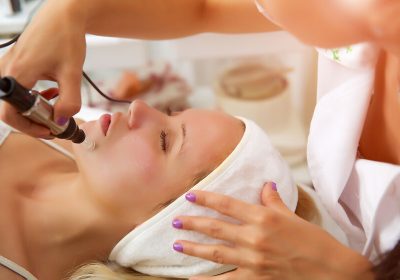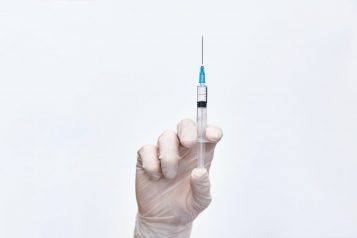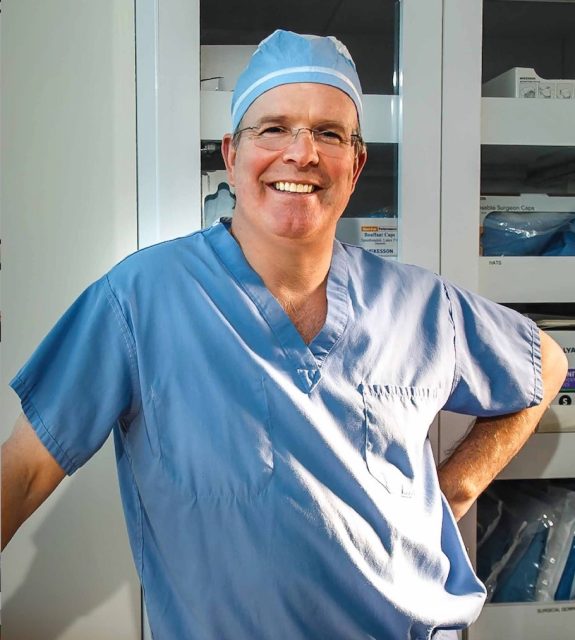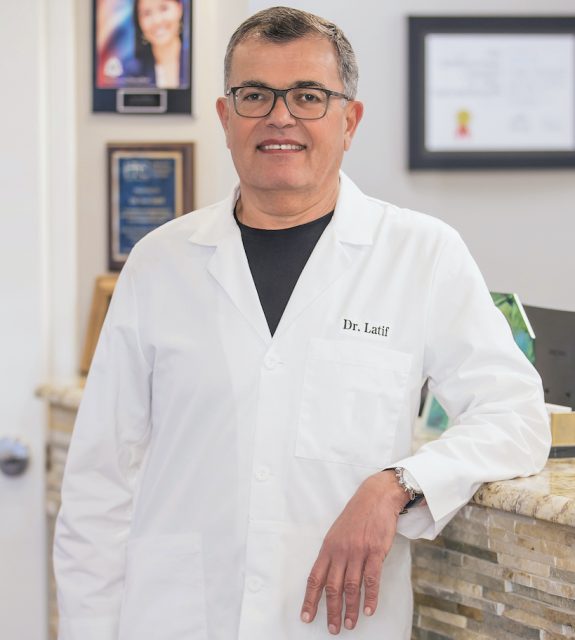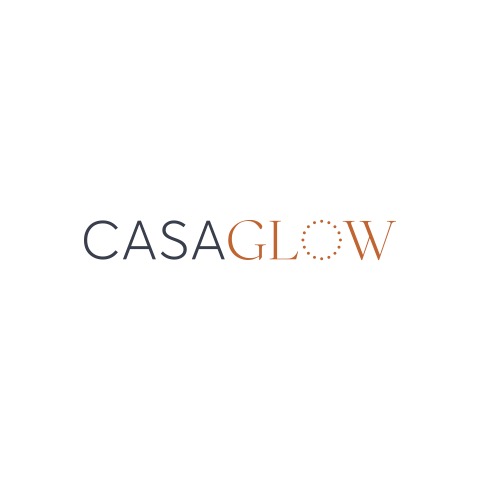Dr. Jhonny Salomon graduated Magna Cum Laude with a Bachelor of Arts in Medical Science, along with a Doctorate from the School of Medicine from Boston University. He is the author of numerous articles in prestigious Scientific Journals and has presented his research in many Plastic Surgery Forums. Dr. Salomon provides an excellent spectrum of services that begin with a highly experienced, detail-oriented staff specializing in serving patients from South Florida, New York, and abroad for over a decade. As an experienced Board Certified Plastic Surgeon, Dr. Salomon has implemented certain processes to minimize patients' risks and recoveries while offering the best possible care. Dr. Salomon is the author of many articles in prestigious Scientific Journals and has presented his research in many Plastic Surgery Forums.
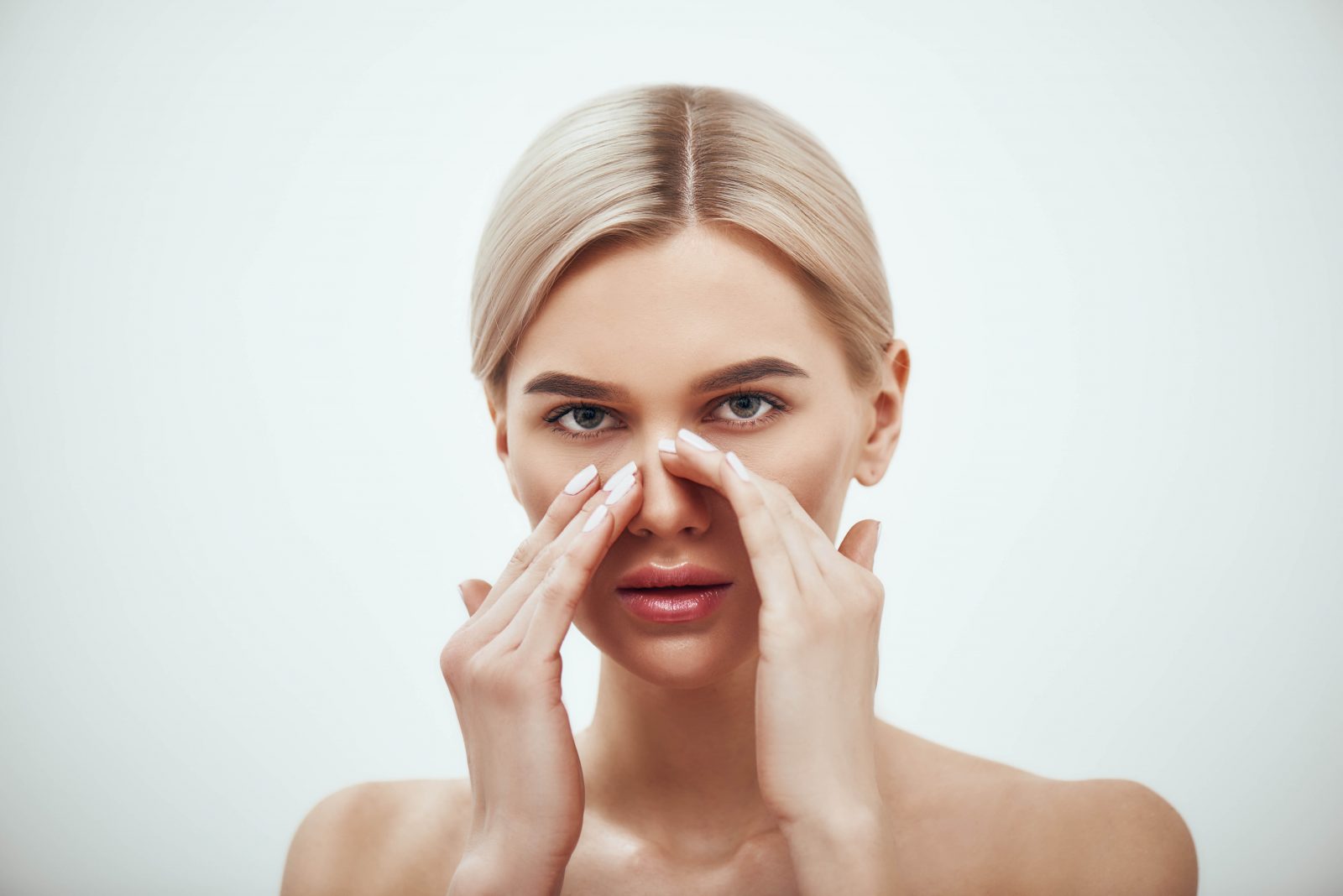
Rhinoplasty, commonly known as a nose job, is an extremely popular facial reconstructive procedure. Just like any surgery you undergo, there is always the risk of not being satisfied with the outcome. When this occurs, revision rhinoplasty or secondary rhinoplasty is an option for patients who desire improvements in the appearance and/or functions of the nose.
Haute Beauty sat down with Haute Beauty expert Dr. Jhonny Salomon to dive into greater details regarding revision rhinoplasty. Here’s what he had to say:
Haute Beauty: What is the #1 reason someone would undergo revision rhinoplasty?
Dr. Jhonny Salomon: Revision rhinoplasty is very common, unfortunately. I would say countrywide, around 25% of rhinoplasties get some revision at some point in time. Obviously, for people that are very experienced with noses, like me, the number is a lot less; but it is a common procedure.
The most common reasons that people revision rhinoplasty is performed, include:
- Hump is still protruding
- Tip is too far left or too wide
- Asymmetries are still present
- Breathing is compromised
- Graft is visible or displaced
HB: How often do you see patients who want revisions?
JS: For my own practice, I would say my revision rate is about 3%.
HB: Can revision rhinoplasty be paired with other surgeries?
JS: It could be, there are some revision rhinoplasties that are an enormous undertaking with rib grafting and all kinds of things. If it involves that, then I wouldn’t pair it with another surgery. In the case where it is a simple enough revision and they want a little bit more in addition with their chin, or their eyes, or their forehead then sometimes I’ll do them in combination.
HB: How long after your initial rhinoplasty can you receive revision rhinoplasty?
JS: It depends on the issue. Some issues are so severe and affect the patient so much emotionally that I revise them before the one year that is recommended. In general, I wait at least a year to do a revision rhinoplasty for concerns that aren’t so significant.
HB: What would be a concern that isn’t so significant?
JS: It could be a little bit of a dorsal hump, or it could be a little bit of a bone that is showing after the rhinoplasty or a displaced cartilage graft. Little imperfections that I think we should wait a year for the nose to settle before the revision is entertained.
HB: When you’re doing revision rhinoplasty is it through an open or closed process?
JS: It is very hard to do revisions with closed rhinoplasties, you know. It is very difficult; you really have to be exposed to the nose completely to see the anatomy and see what needs to be fixed. Most of the time it is done through an open approach.

HB: What are the main concerns your patients have prior to revision rhinoplasty?
JS: A lot of it depends on the relationship of the patient with the doctor that is trying to do the revision. If there is tons of trust and they have seen before and after revision rhinoplasties from that doctor and they align with the aesthetic outcomes they want, it makes for a great combination and doing it is a quite simple process.
If a patient has a lot of doubt about the relationship, or the outcome, or the final vision of what they’re looking for then, of course, they are going to have concerns. And I think a surgeon should be very careful entertaining a revision rhinoplasty when they don’t align with the vision of that patient.
HB: What is the recovery time after revision rhinoplasty?
JS: It’s not much different from a primary rhinoplasty unless it is a rib graft where you have to take out a rib and put it in the nose, those take a little bit longer. I tell my patients for revision rhinoplasty to go back to their day-to-day after 5-7 days. I take out the splint on day 5 and tell them to stay away from contact sports for a good 3 weeks or a month after the procedure. So, it isn’t so different from a primary rhinoplasty in terms of recuperation.
HB: When will you see the final results?
JS: Most of the time you see 90% of your result within the first week or two. Then that 10% does take a year or even 2 years for all of the swelling to go away. Overall, I think you get a good understanding of what the final result is going to be within the first two weeks.
HB: Anything else to add?
JS: I think revision rhinoplasties should be performed by a doctor that has a lot of experience with noses, for sure. Sometimes they are not simple, it’s like a puzzle where you open up and the cartilage is like puzzle pieces. Where were they before? What’s missing? And how do I rebuild it?
For more information, visit Dr. Jhonny Salomon's social media:






